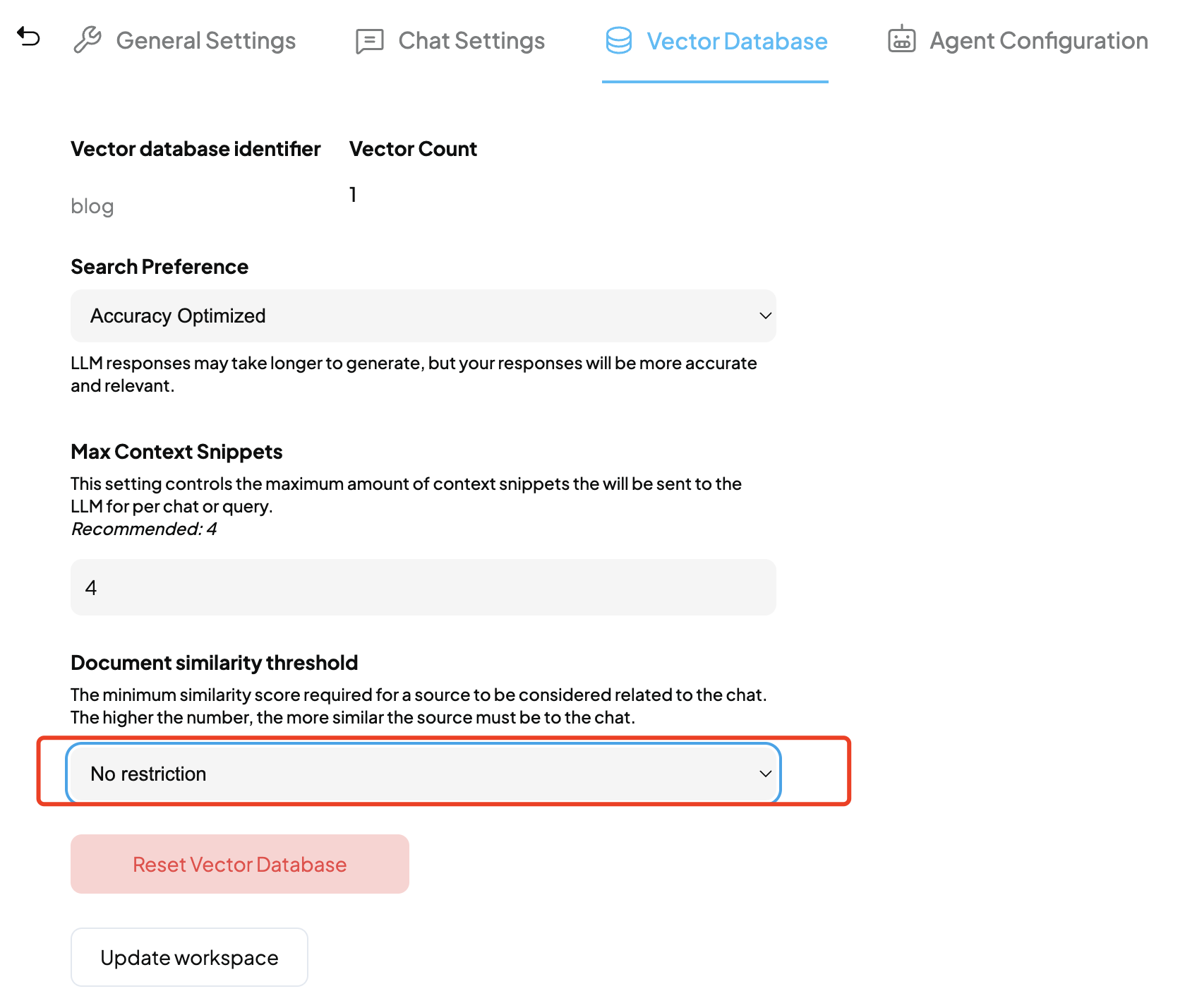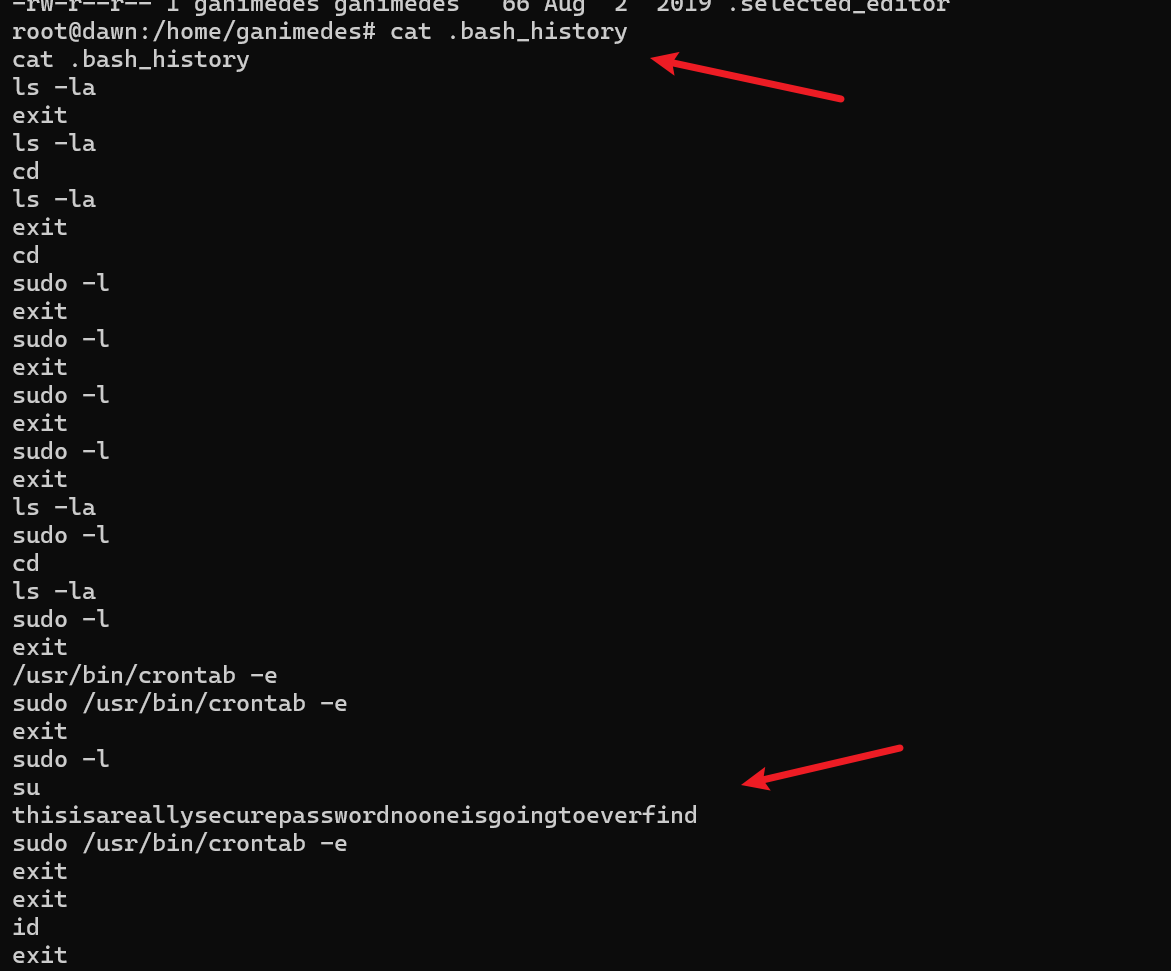环境
- CentOS 8
- 使用编译安装 Nginx
Nginx使用Docker安装确实有点麻烦,需要将很多前端文件映射到容器内部,不推荐
正式环境
1、安装环境需要的依赖包
yum -y install gcc zlib zlib-devel pcre-devel openssl openssl-devel
2、在你的linux服务器上创建目录:nginx
cd /root && mkdir nginx
3、进入刚才安装的目录
cd nginx
4、下载并且解压安装包
wget http://nginx.org/download/nginx-1.13.7.tar.gz && tar -zxvf nginx-1.13.7.tar.gz
5、进入刚刚解压好的目录
cd nginx-1.13.7
6、添加一些常用的模块,比如:gzip、https 模块
./configure --with-http_gzip_static_module --with-http_stub_status_module --with-http_stub_status_module --with-http_ssl_module
7、 执行下面的命令
make && make install
make指令报错解决办法:https://blog.csdn.net/qq_45697992/article/details/120028370
8、设置 Linux 环境变量
1)编辑 /etc/profile 文件
vi /etc/profile
2)在最后一行添加下面的代码
PATH=$PATH:/usr/local/nginx/sbin
export PATH
3)让配置生效
source /etc/profile
9、任意目录下输入
nginx
10、访问服务器 IP
curl http://localhost

Nginx 常用命令
按照上面安装之后,nginx 的位置在哪里?
/usr/local/nginx/sbin
1、检查 Nginx 配置文件的语法
nginx -t
2、显示 Nginx 版本信息
nginx -v
3、查看编译时的配置参数 (大写的 V)
nginx -V
4、重启 Nginx
nginx -s stop
5、重新加载配置文件
nginx -s reload

如果出现上面的报错,就检查一下 nginx 配置文件
Nginx配置文件
#user nobody;
worker_processes 1;#error_log logs/error.log;
#error_log logs/error.log notice;
#error_log logs/error.log info;#pid logs/nginx.pid;events {worker_connections 1024;
}http {include mime.types;default_type application/octet-stream;#log_format main '$remote_addr - $remote_user [$time_local] "$request" '# '$status $body_bytes_sent "$http_referer" '# '"$http_user_agent" "$http_x_forwarded_for"';#access_log logs/access.log main;sendfile on;#tcp_nopush on;#keepalive_timeout 0;keepalive_timeout 65;#gzip on;server {listen 80;server_name localhost;#charset koi8-r;#access_log logs/host.access.log main;location / {root html;index index.html index.htm;}#error_page 404 /404.html;# redirect server error pages to the static page /50x.html#error_page 500 502 503 504 /50x.html;location = /50x.html {root html;}# proxy the PHP scripts to Apache listening on 127.0.0.1:80##location ~ \.php$ {# proxy_pass http://127.0.0.1;#}# pass the PHP scripts to FastCGI server listening on 127.0.0.1:9000##location ~ \.php$ {# root html;# fastcgi_pass 127.0.0.1:9000;# fastcgi_index index.php;# fastcgi_param SCRIPT_FILENAME /scripts$fastcgi_script_name;# include fastcgi_params;#}# deny access to .htaccess files, if Apache's document root# concurs with nginx's one##location ~ /\.ht {# deny all;#}}# another virtual host using mix of IP-, name-, and port-based configuration##server {# listen 8000;# listen somename:8080;# server_name somename alias another.alias;# location / {# root html;# index index.html index.htm;# }#}# HTTPS server##server {# listen 443 ssl;# server_name localhost;# ssl_certificate cert.pem;# ssl_certificate_key cert.key;# ssl_session_cache shared:SSL:1m;# ssl_session_timeout 5m;# ssl_ciphers HIGH:!aNULL:!MD5;# ssl_prefer_server_ciphers on;# location / {# root html;# index index.html index.htm;# }#}}
遇到的报错
当输入 nginx -s reload 时报错 nginx: [error] invalid PID number
解决:
sudo pkill -f nginx
强制删除 Nginx 进程,然后再重新启动
nginx











